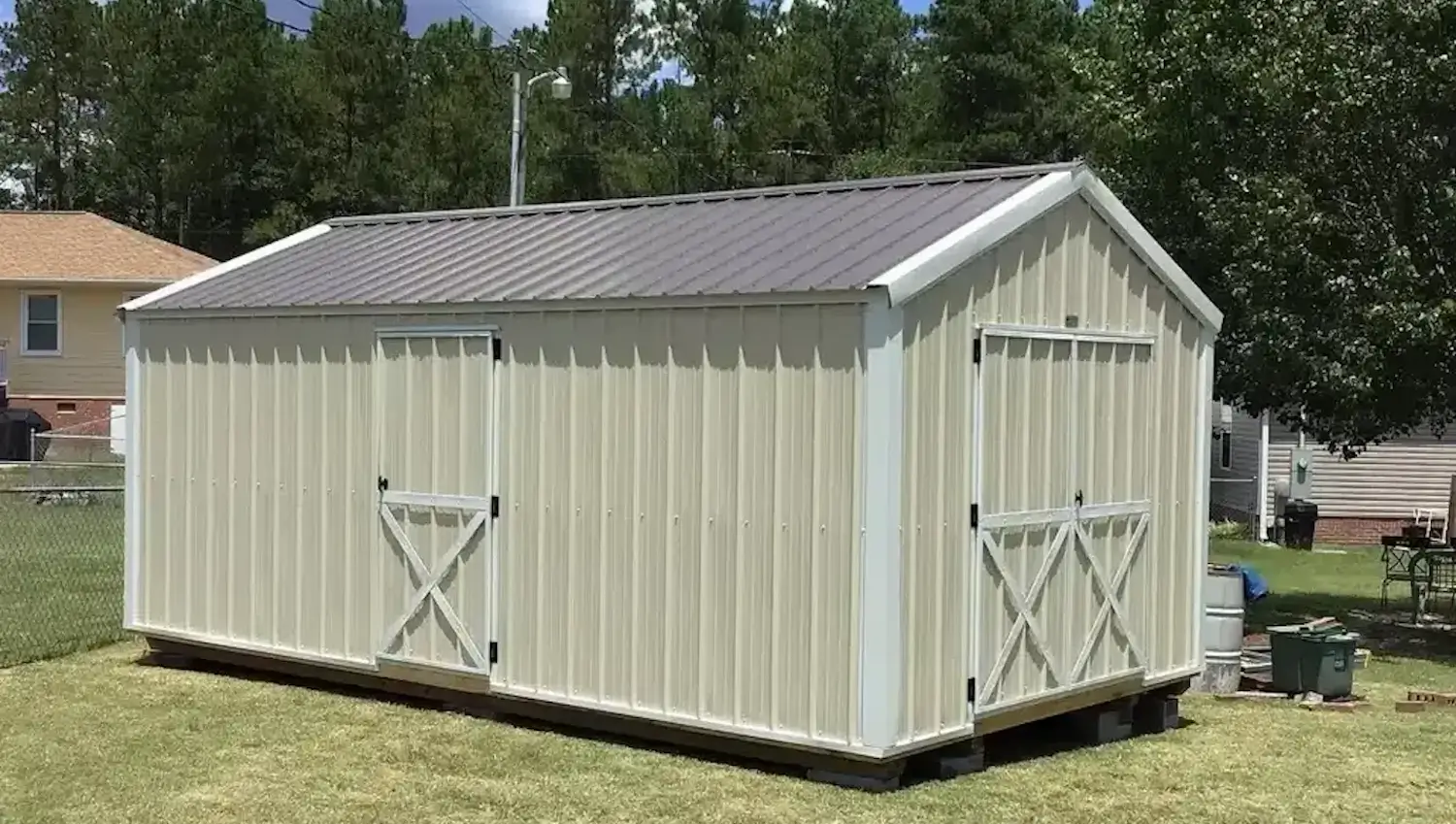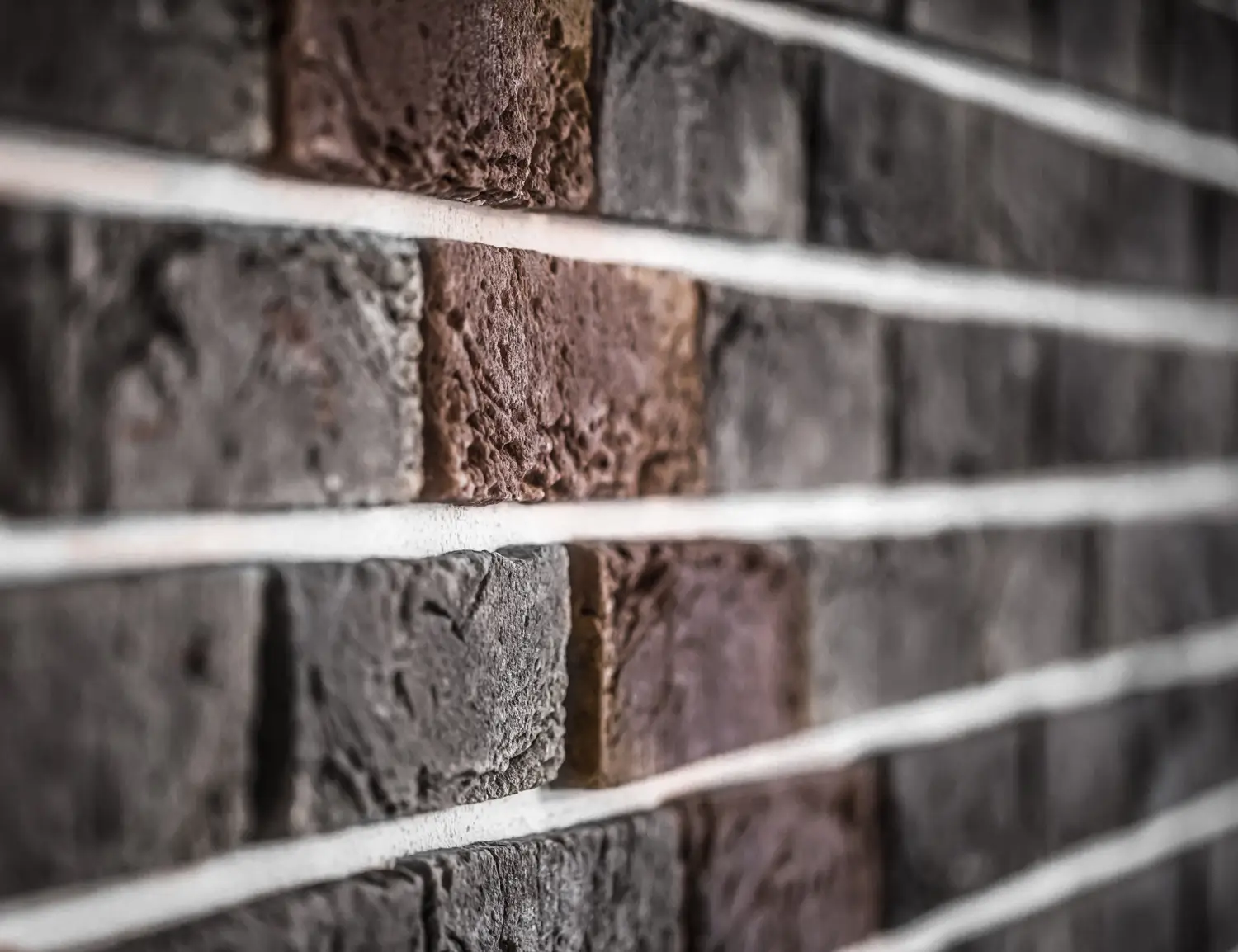
August 24, 2025

Selecting the right siding for the house can be a complicated journey for many homeowners. Wood siding is pretty, but it needs to be painted or is susceptible to damage from pests and moisture. Vinyl siding is cheap but can wear out and fade. It may crack or warp over time. Fiber cement siding is more durable, but not maintenance free. People therefore often search for a better choice.
Bricks have been used as a building material for thousands of years. Known for their strength and durability, they are valued not only for their sturdiness but also for their timeless beauty. Whereas some things come in and out of style, brick isn’t one of them with its timeless appearance; it graces houses that are traditional and modern. Aside from its good looks, brick siding is also long-lasting, fire-resistant, and adds value to a house. The type of brick the user selects is more than a style choice. It’s an investment in long-term safety, comfort, and curb appeal.
When people envision brick homes, they may picture houses constructed entirely of these heavy, thick blocks of material, one upon the other. That traditional process certainly does still exist, but now there are practical alternatives that look just as good and are much easier to put in and maintain. To learn the difference between brick veneer vs brick siding, it’s useful to consider the two primary types:
Solid bricks, often referred to as brick masonry, are the classic type of brick construction. In this construction system, full-size bricks with mortar are sometimes stacked together, sometimes in multiple layers.

The modern replacement for solid brick construction is a brick veneer. The entire wall is not constructed with brick, just a thin brick veneer on the outside of the house. Behind the brick face, the house is generally of wood or steel construction, supporting the brick appearance on the outside. This technique provides the same timeless brick aesthetic at a fraction of the cost.
There are different types of brick veneer:
Homeowners now have a wide variety of siding options, including wood, vinyl and fiber cement. Still, brick siding remains one of the most dependable and appealing options. The strength, beauty, and practicality that few other materials can match have made it so appealing and long lasting.
One of the largest reasons that people opt for brick siding is its life expectancy.
Brick siding is also far easier to maintain compared to other siding materials out there.
Brick, on the other hand:
Safety is also one of the great benefits of brick veneer.
In areas prone to fire, for example, brick siding can serve as an added layer of protection, potentially with the added benefit of reducing insurance rates.
The beauty of brick is a further reason that it never falls out of style.
The variety of colors and finishes also makes it versatile:
Homes with brick siding often stand out in the real estate market.
Brick also provides superior energy efficiency.
There are plenty of design options with brick siding. Homeowners have the freedom to select from numerous colors, including other materials with brick and match it to a variety of architectural styles.
Brick can also be combined with other siding materials to divert attention, add interest and texture to a home’s exterior. For example, vinyl siding can offer an affordable contrast while fiber cement siding can resemble wood or stone to increase design options. Homeowners can use these combinations to give their homes a unique appearance along with the toughness of brick.
Brick siding complements a range of architectural styles, from classic to modern. Commonly found on homes with a Colonial, Tudor, or English cottage look, it also works well on modern transitional styles. Another trick is painted brick, where the brick exterior of a house is painted white, gray, cream, or even black or blue, giving vintage homes an updated look without losing the allure of brick.
Modern veneer systems make customization easier. Panelized veneer systems (like GenStone) come in pre-fabricated panels, making installation simple and reducing labor costs. Real brick veneer panels add the authentic look of brick to structures and surfaces faster and more affordably than conventional bricks, without sacrificing stability or quality on the job site or at home.
When homeowners think about having brick siding installed, cost is a definite factor. The brick siding cost per square foot depends on its type, the size of the wall and the construction process and material used.
Modern veneer systems help reduce costs. Thin-brick and insulated veneer panels are lighter and simpler to install, so there’s less labor and shipping cost. Insulated panels also help with energy performance, reducing heating and cooling costs over the long-term.
Brick siding is more expensive to install than vinyl or wood siding, but it offers a higher return on investment in the long term. Brick can last more than 100 years with hardly any maintenance and siding materials other than brick will need repairs or replacement every 20-40 years. With lower maintenance costs, better energy efficiency, and greater home resale value, brick siding is a smart investment for many homeowners.
If installed properly, it should last for decades. Homeowners should know the various techniques, the importance of moisture control and how to maintain the siding once it has been installed.

There are two main ways users can install the best brick siding for houses:
Moisture is the enemy of any siding, and brick is no different. The professionals use a number of tricks to keep the structure safe:
The mortar bonding the bricks together provides not just strength but also character to the siding.
The color of the mortar can impact the overall appearance of the brick. Lighter mortar will emphasize the brick, while darker mortar will help it to blend in for a more homogenous look.
New systems, like panelized veneer and lightweight thin-brick panels, are a good fit for homeowners who wish to make it a DIY job. Still, in many cases professional installers will yield better long-term results. When it comes to preparations for walls, flashings and water drainage, though, experts have the knowledge and skills necessary to avoid damage later on.
Part of the reason homeowners love brick siding is that it requires little maintenance. But a few tasks that are easy and straightforward ensure that it is in optimal condition:
Brick veneer is durable, fireproof, and doesn't need much in the way of care. It also possesses a timeless aesthetic that complements traditional and contemporary homes alike. New systems of brick veneer are making brickwork lighter and less expensive to install, allowing homeowners to capture the beauty of brick without the higher cost of solid masonry. Available in hues from traditional Tudor-wire brick to modern warehouse gray, brick siding can fit virtually any style.
Growcycle is the place for homeowners to discover the most modern information on siding types, design concepts, or home improvement tips. It offers how-to guides that assist people in making the right decisions for homes and investments.
Disclaimer: This material is for informational purposes only and should not be relied on for legal, medical, financial, or any other form of professional advice.
There are many benefits to brick siding, such as being relatively maintenance-free, lasting for decades, providing a natural fire resistance, maintaining energy efficiency, and offering classic curb appeal. Yet, it also has downsides, including a higher initial cost, fewer color options that don't require paint and heavier installation compared to lighter siding materials like vinyl or wood.
A brick-house facade can be painted with fake "bricks" in a neutral or vibrant shade, removing old trim and the front door, or using new siding and stone to break up all the brick.
Brick siding is one of the most durable options, lasting 50–100 years or more. It resists fire, pests, and weather better than most other siding materials.
Yes, brick siding is very hardy. It can last for generations with little maintenance while withstanding the harshest of elements to protect the home.